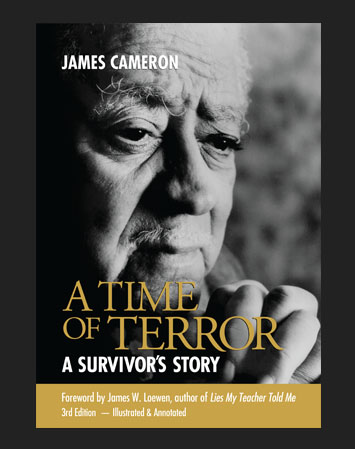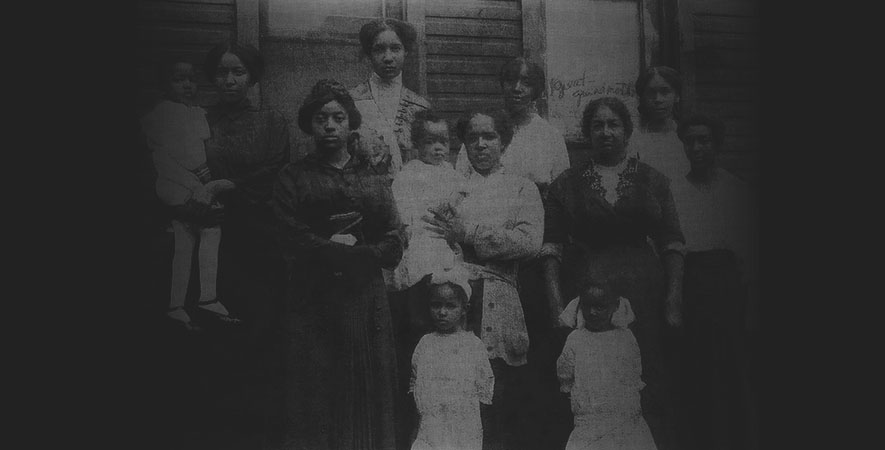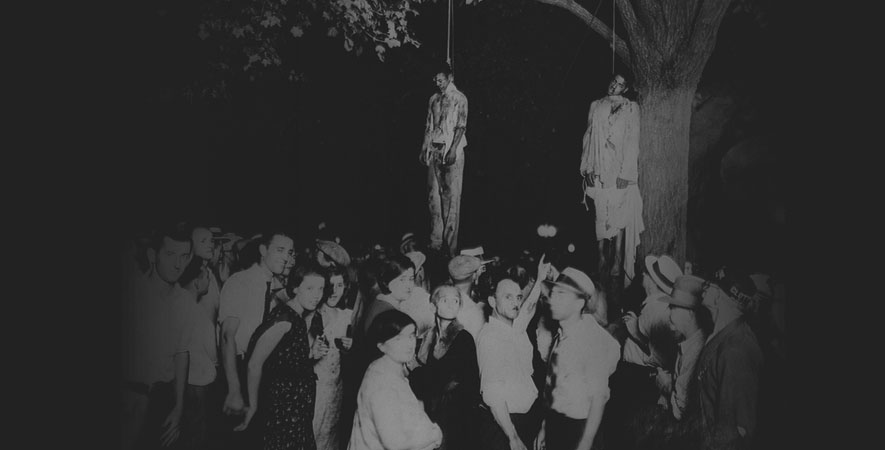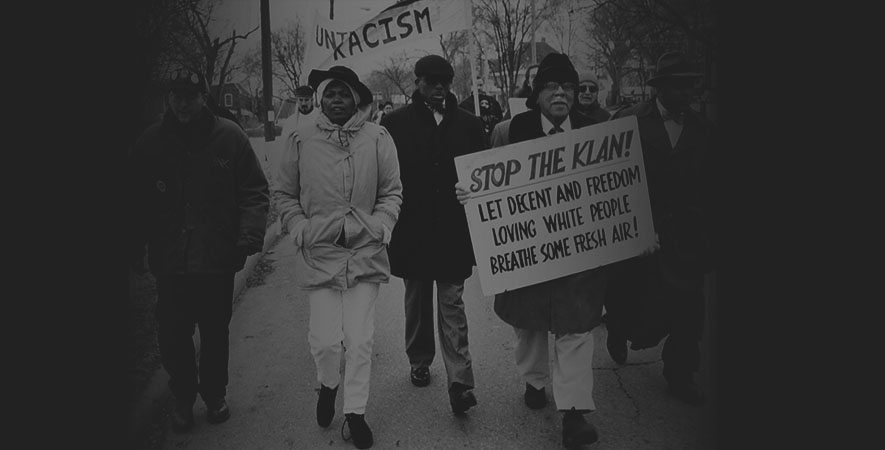Why This Book Now
- Unarmed African Americans killed by police and civilians.
- The Black Lives Matter Movement.
- Protests of racism on college campuses.
- Renewed national conversation on race.
Cameron’s story provides intimate insights into the roots of our current racial predicament–and hope for America’s future.
Join the Conversation
Learn how to obtain this book, its discussion guides, and speakers for campus Common Reads/FYE, community “Big Reads,” and book clubs. And how individual readers can get the book and join in.
Meet the Griots
Author James Cameron was a griot (GREE-oh) in the tradition of West African oral historians. He passed away in 2006, but the editor and contributors to this expanded 3rd edition of his memoir carry on his work.
Meet Dr. Fran Kaplan, Reggie Jackson, and Dr. Robert Smith and learn how to contact them for appearances.
Synopsis
On a sweltering August night in 1930, two older boys invited sixteen-year-old Jimmie Cameron for a joyride. They stopped in a remote Lover’s Lane and held up a young white couple parked there. The three boys were arrested, dragged from jail by a mob, and lynched on the courthouse lawn in front of thousands of spectators. Miraculously, Cameron lived to tell the story.
He began writing his account while a teenager, still traumatized by the lynching and confined in a maximum-security adult prison. A talented storyteller, Cameron shows us the humor and horror of coming of age as a black child during the Jim Crow era. Populated by unforgettable characters both kind and cruel, A Time of Terror is a poignant story of anger and courage, forgiveness and redemption.
The memoir ends when Cameron leaves prison at age twenty-one, vowing to “pick up the loose ends of my life and weave them into something beautiful, worthwhile, and God-like.” The book’s Afterword by his protégé Reggie Jackson describes what Cameron accomplished in his next seventy-one as a civil rights pioneer, working man, self-taught historian, writer, father of five, and founder of America’s Black Holocaust Museum.
The third edition includes never-before-published chapters by Cameron. It begins with a Foreword by sociologist James W. Loewen, author of Lies My Teacher Told Me: Everything Your American History Textbook Got Wrong, explaining how Cameron’s story offers a corrective understanding of American history. The Introduction by educator Fran Kaplan and historian Robert S. Smith gives the reader an easily grasped and thorough grounding in the Jim Crow context of young Cameron’s life.
To further support the reader–especially those of high school and college age–this edition contains fifty vintage photographs. Over one hundred annotations next to Cameron’s text provide definitions of the era’s slang expressions, background on the characters and historic events he mentions, and fun facts.
This book, the only account ever written by a lynching survivor, is a unique and highly readable historical resource. It deserves a place alongside the works of other African American memoirists, such as Frederick Douglass, Booker T. Washington, Richard Wright, Maya Angelou, and President Barak Obama. Like the diary of his contemporary, Anne Frank, Cameron’s memoir is an intimate view of a teenager’s life affected by a national tragedy.
A Time of Terror is appropriate for secondary and post-secondary school course adoption, as well as university “common readings” for entering freshmen. Online guides are available for educators and book clubs.








